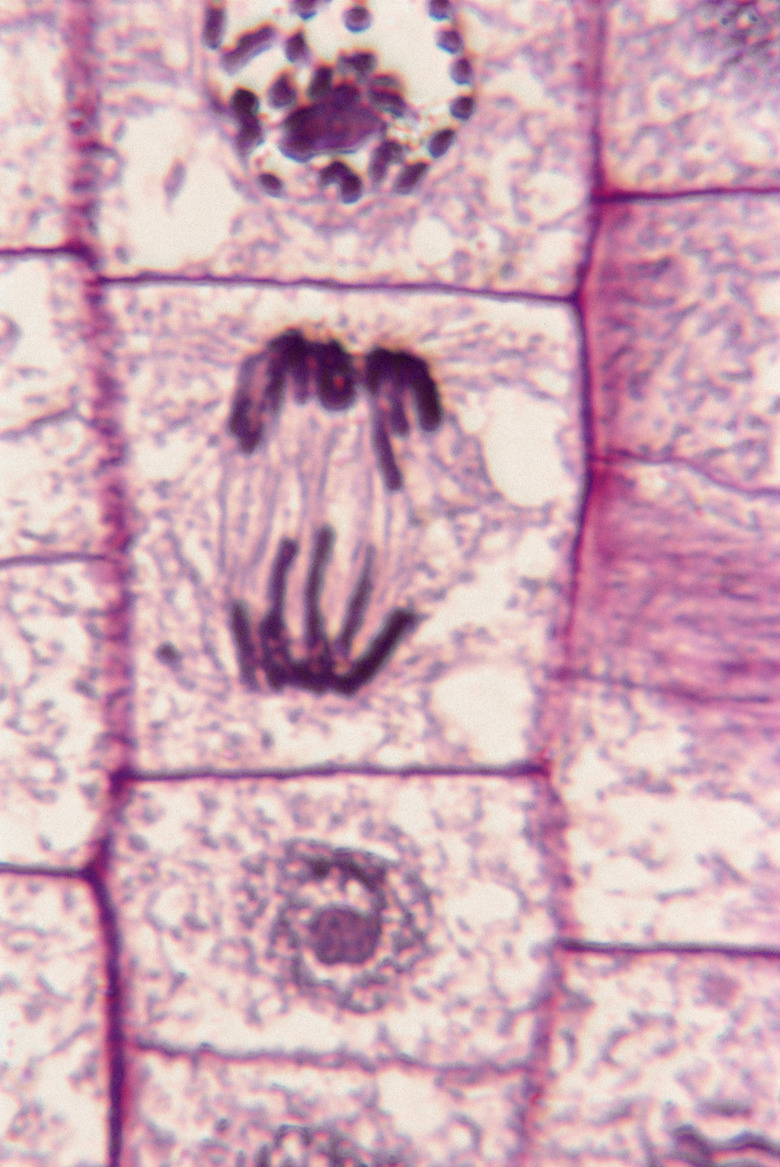Cell Model Project For High School Biology
Understanding and memorizing the basic cell model for a plant or animal cell is an important step for biology students to accomplish. Plant and animal cells are similar except that plant cells have many large fluid-filled sacks called vacoules and rigid cell walls where animal cells do not. Vacoules are also present in animal cells, but they are much smaller and contribute less to the cell's structure than in plant cells.
The Cytoplasm
The Cytoplasm
Every cell model needs a cytoplasm for the organelles to sit upon. This base can be made of foam, clay or even craft dough. Shape the base so that it is flat and ovular (animal cell) or rectangular (plant cell). If using clay or craft dough, make a flat layer for the rest of the organelles to stick to. Be sure to use either a bright or dark color for the cytoplasm and to use the opposite for the organelles so they stand out against the cytoplasm. If using foam, cut out a flat surface and color the cytoplasm in with markers.
Malleable Models
Malleable Models
For clay or craft dough models, choose different colors for different organelles. Make sure that none of your organelles are the same color as your background. The nucleus can be colored dark blue while the mitochondria can be green and the lysozomes yellow. Roll clay or craft dough into long, worm-like strands to make smooth endoplasmic reticulum (ER). Rough ER can be constructed in the same manner, but layered with small different colored balls to represent ribosomes dotting the rough ER. Create a chart identifying the organelles and display it next to your model.
Foam Models
Foam Models
For foam models, you can use basic woodcarving tools to create grooves you can color in with markers while using toothpicks with small pieces of paper taped to them that identify each part of the cell. Color in each organelle and use a black (or darker colored) marker to shade or add other visual characteristics to each organelle. For example, draw another circle in the nucleus to represent the nucleolus, then draw crisscross patterns within the nucleolus to further differentiate it from the nucleus.
Edible Alternatives
Edible Alternatives
Consider the classic gingerbread house approach to building a cell model. Where you would normally use clay, foam or markers, you can use gingerbread icing and candy. Be sure to use smaller candy like red hots, marshmallows or chocolate eggs to make organelles while using rope candy like licorice strands to make ER. Geltain can also be used to make a cell model where the cytoplasm is represented by a large slab of gelatin cooled in a 1 gallon freezer bag in the refrigerator. Then, candies like jellybeans, gummy worms or gumdrops can be pinned to the gelatin with labeled toothpicks to make organelles.
Cite This Article
MLA
Fuller, Gerald. "Cell Model Project For High School Biology" sciencing.com, https://www.sciencing.com/cell-model-project-high-school-biology-12036530/. 24 April 2017.
APA
Fuller, Gerald. (2017, April 24). Cell Model Project For High School Biology. sciencing.com. Retrieved from https://www.sciencing.com/cell-model-project-high-school-biology-12036530/
Chicago
Fuller, Gerald. Cell Model Project For High School Biology last modified August 30, 2022. https://www.sciencing.com/cell-model-project-high-school-biology-12036530/
